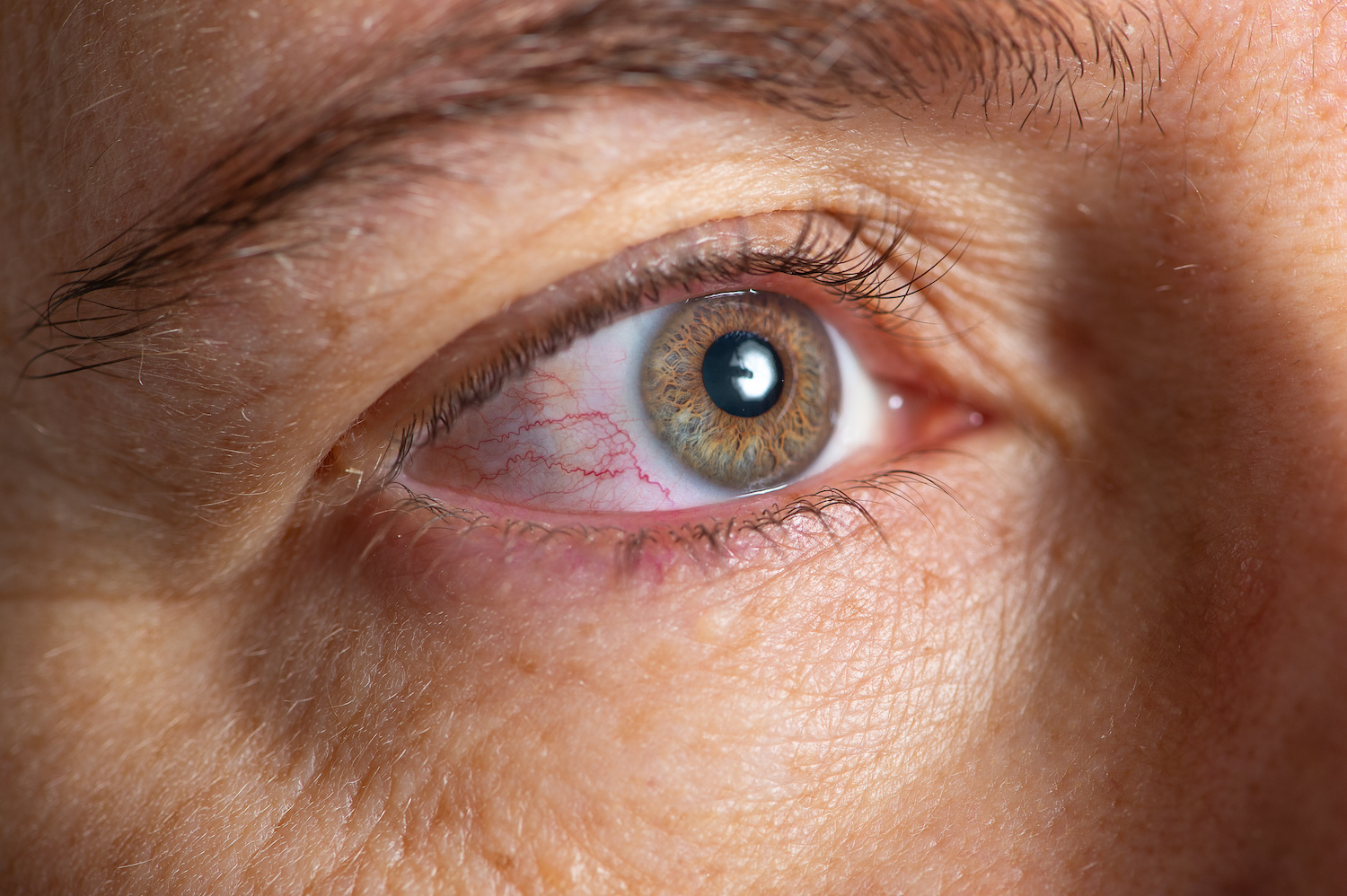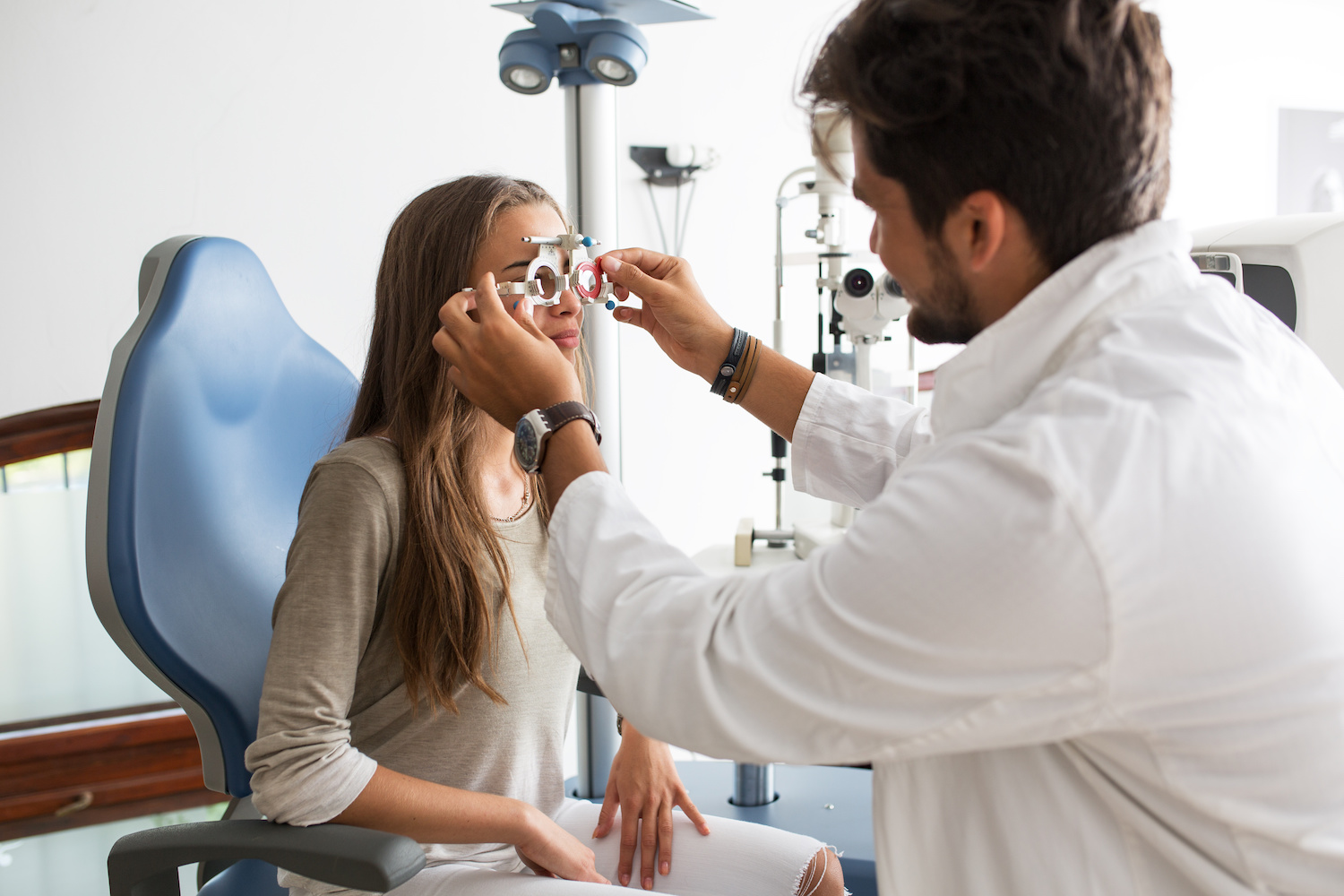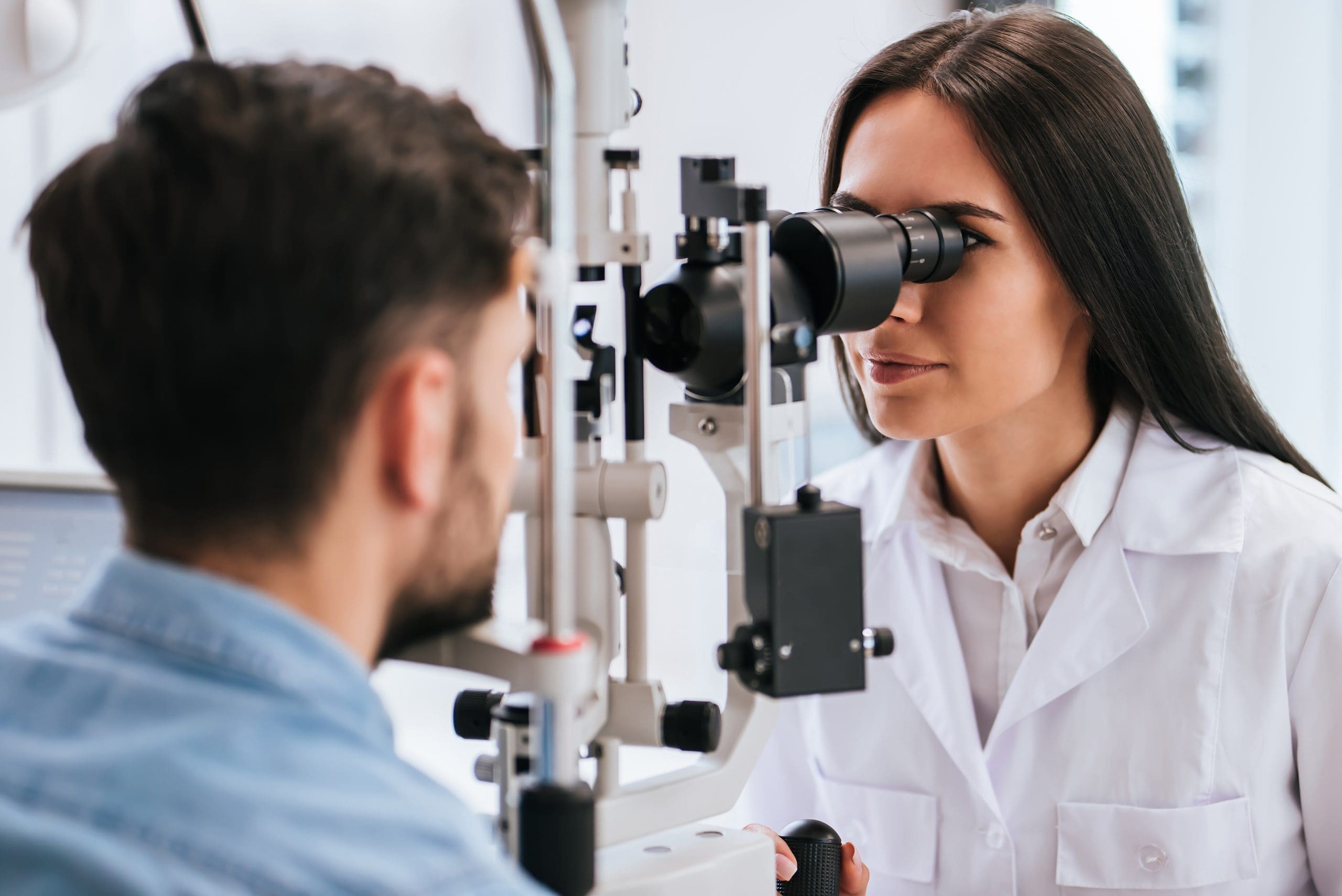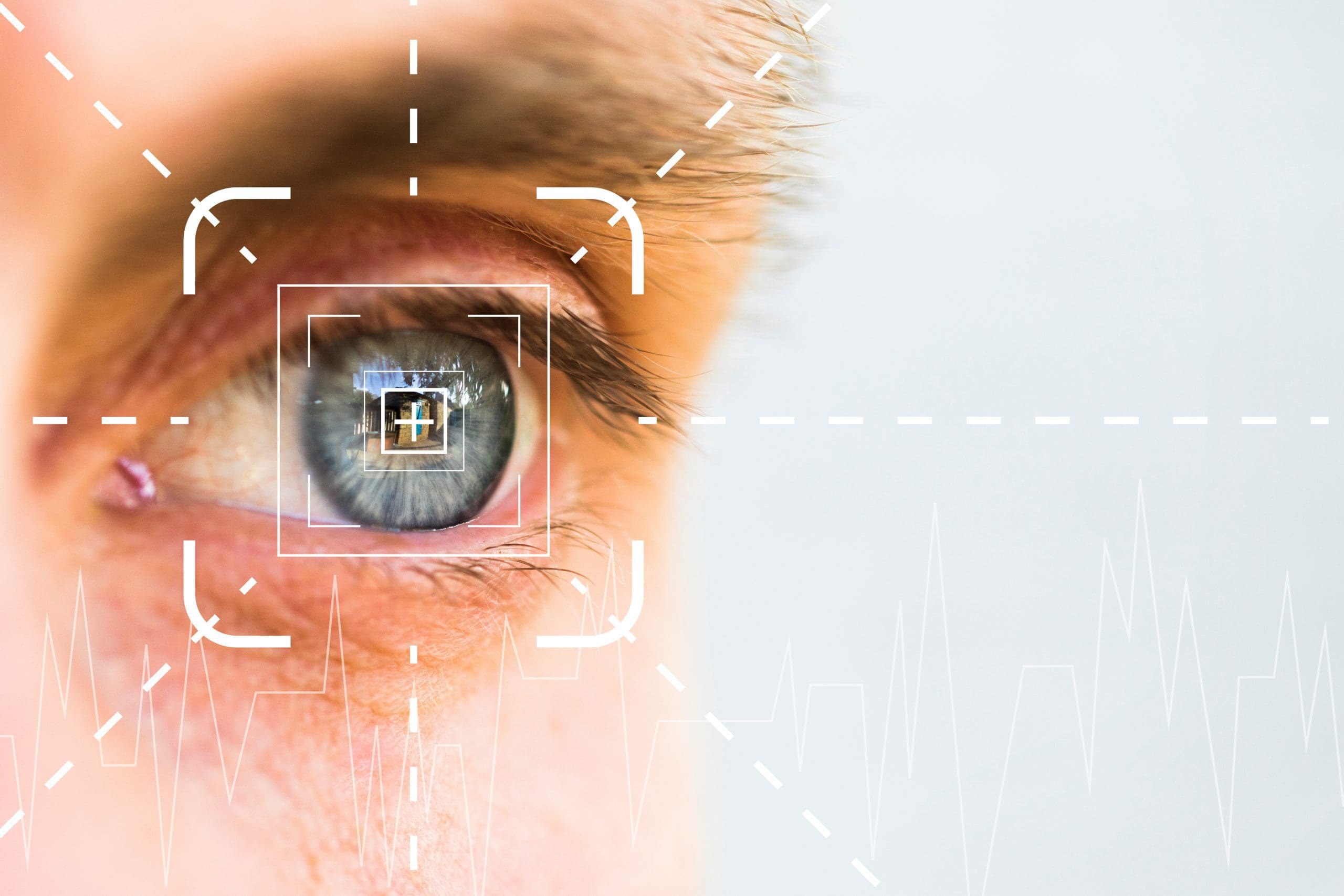Ocular Diseases
“Eye diseases” is a blanket term that refers to a host of diseases relating to the function of the eye. Below are some of the more common types of eye diseases and how they are generally treated.
Conjunctivitis
(Pink Eye)
Conjunctivitis, also known as pink eye, is an infection or inflammation of the conjunctiva – the thin, protective membrane that covers the surface of the eyeball and inner surface of the eyelids. Caused by bacteria, viruses, allergens and other irritants like smoke and dust, pink eye is highly contagious and is usually accompanied by redness in the white of the eye and increased tearing and/or discharge.
While many minor cases improve within two weeks, some can develop into serious corneal inflammation and threaten sight. If you suspect conjunctivitis, call our office for diagnosis and treatment.
Diabetic eye disease
We know your time is valuable and strive to make your visit as convenient as possible.
Your eyewear prescription is determined based on your specific needs. Our lifestyles and workplaces are more demanding on our eyes than 20 years ago. This means that our approach to eye care must adapt as well. Spending 8-10+ hours a day on devices such as computers, tablets and phones is not an easy task for our eyes and leads to strain, fatigue and headaches.
This modern problem is not unique to any specific age group, although more prevalent over age 40, and can be addressed with lenses from HOYA that are specifically designed to decrease eye strain during screen time.
Glaucoma
Often called “the silent thief of sight,” glaucoma is an increase in the intraocular pressure of the eyes, which causes damage to the optic nerve with no signs or symptoms in the early stages of the disease. If left untreated, glaucoma can lead to a decrease in peripheral vision and eventually blindness.
While there is no cure for glaucoma, there are medications and surgery available that can help halt further vision loss. Early detection and regular eye exams are vital to slowing the progress of the disease.
Macular Degeneration
Macular degeneration is a chronic, progressive disease that gradually destroys sharp central vision due to a deterioration of the macula, a tiny spot in the central portion of your retina comprised of millions of light-sensing cells. Because it is so commonly associated with aging, it is also known as age-related macular degeneration (AMD). There are two forms of AMD called “dry,” most common and with no known treatment, and “wet,” less common and treated with laser procedures. Genetic testing is now available to help identify those most likely to develop “wet” macular degeneration.
In most cases, reversing damage caused by AMD is not possible, but supplements, protection from sunlight, eating a balanced diet and quitting smoking can reduce the risk and progression of macular degeneration.
Progressive Eye Center and Boutique has the experience and equipment necessary to diagnose and often treat the eye diseases detailed above, as well as many other ocular conditions.






